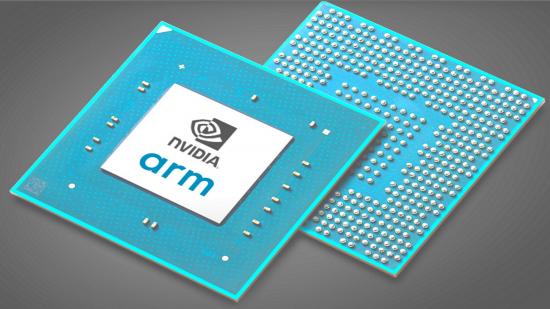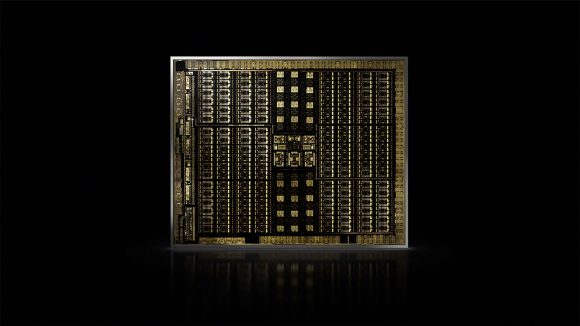Nvidia is making history with its latest acquisition of chipmaker Arm, as the $40 billion (approximately £31 billion) agreement is the largest semiconductor deal ever. In fact, it’s the second largest acquisition of any tech company behind Dell’s purchase of EMC for $64 billion (£50 billion) back in 2016 – the same year that parent company SoftBank bought Arm.
In a world governed by exclusivity, Arm has famously conducted its licensing in a much more open manner, catering to industry leaders such as Amazon, Apple, Qualcomm, Samsung, and even Nvidia itself. Naturally, many are wondering what the implications are of Arm being bought by one of its customers.
According to its press release, Nvidia isn’t trying to reinvent the wheel here, claiming that it recognises the prestige of the Arm brand and will continue licensing deals under the name with a focus on customer neutrality, at least for now. It could be a while until we see the true shockwaves this acquisition brings, however, as the deal could take as long as 18 months to hammer out properly with regulators.
Arm will remain in Cambridge, UK, rather than shifting over to Nvidia’s home patch in the US, with the green team planning to blend its ever increasing focus on AI with Arm’s expansive ecosystem.
“We will expand on this great site and build a world-class AI research facility, supporting developments in healthcare, life sciences, robotics, self-driving cars, and other fields,” explains Nvidia founder and CEO Jensen Huang. “And, to attract researchers and scientists from the UK and around the world to conduct groundbreaking work, Nvidia will build a state-of-the-art AI supercomputer, powered by Arm CPUs. Arm Cambridge will be a world-class technology centre.”
Even maintaining the open licensing approach, the blending of technologies from both companies marks Nvidia as an even more formidable power in the graphics processing and machine learning spaces, with a purview that covers both desktop and mobile.
Better yet, after laying the groundwork with CUDA support for Arm chips, Nvidia could use its newfound experience with CPU architectures to accelerate progress for full integration. This would primarily bolster Nvidia’s data centre efforts, but could increase the firm’s scope in any number of ways.
If you want to know more about the acquisition, you can listen to Nvidia’s webcast, but if you want to see what the companies truly have in store as a result of the deal, then you’ll have to be patient. You know what they say, though: good things usually come to those who wait.

